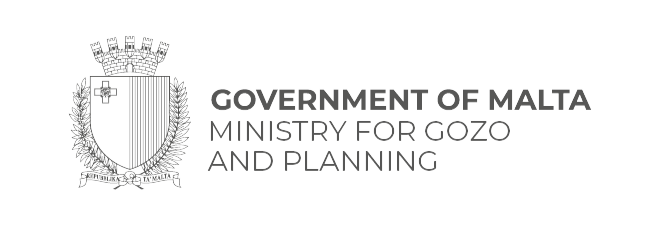The church here is spectacular for its onyx (Gozo alabaster) interior – a recent addition to a much older church.
There is believed to have been a church on the hill of iż-Żebbuġ since time immemorial. A chapel dedicated to the Assumption of Our Lady is first recorded in 1615 – and noted by the Bishop of the time, paying a pastoral visit, to be one of the best kept chapels on the island.
Around 1640, the community in iż-Żebbuġ felt the need to build a new larger chapel, which was finished by 1644 and the village gained parish status in 1688. The chapel once again proved too small, and the people began to build another much larger church on the site in 1690 which was consecrated in 1726. This was the first church after Gozo Cathedral to be built with aisles.
Today the church is richly embellished with Gozo onyx. This onyx, sometimes referred to as Gozo alabaster, was unearthed in a field in the vicinity of the church, and is the village’s pride and joy. The church’s altar, pulpit, font, chandeliers, and confessionals are all now of carved onyx, transforming the parish church into an extravagant and unique attraction.
Other things to look out for in the church include the fine titular painting (1730s by the otherwise unknown Francesco de Dominics), showing the Holy Trinity crowning the head of the Blessed Virgin. Nicholas Cauchi, Bishop of Gozo solemnly crowned the painting, in August 1980. The two large paintings on either side of the church, depicting the Nativity of Our Lady and the Presentation of Jesus in the Temple are by Antonio Zammit (1850), an assistant of Tomaso Madiona.
Another attraction within the church is the statue of the Assumption bought from Gallard et Fils in Marseilles and brought to Gozo in 1863. It is taken round the village in procession on festa Sunday. Also worthy of special mention is the altarpiece in the chapel in the left transept dedicated to the Immaculate Conception. On the altar of a chapel in the right transept, is the entire body of Saint Fortunato, a Roman martyr brought here from the catacombs of Sant’ Agnese in Rome.
The village feast of the Assumption of the Blessed Virgin Mary is celebrated on the first Sunday following the 16th of August each year. During that week, the church and the village houses are brightly decorated, the whole village is illuminated, and brass bands play marches in rousing celebration.
Accessible for persons with a disability.
OPEN IN GOOGLEMAPS












